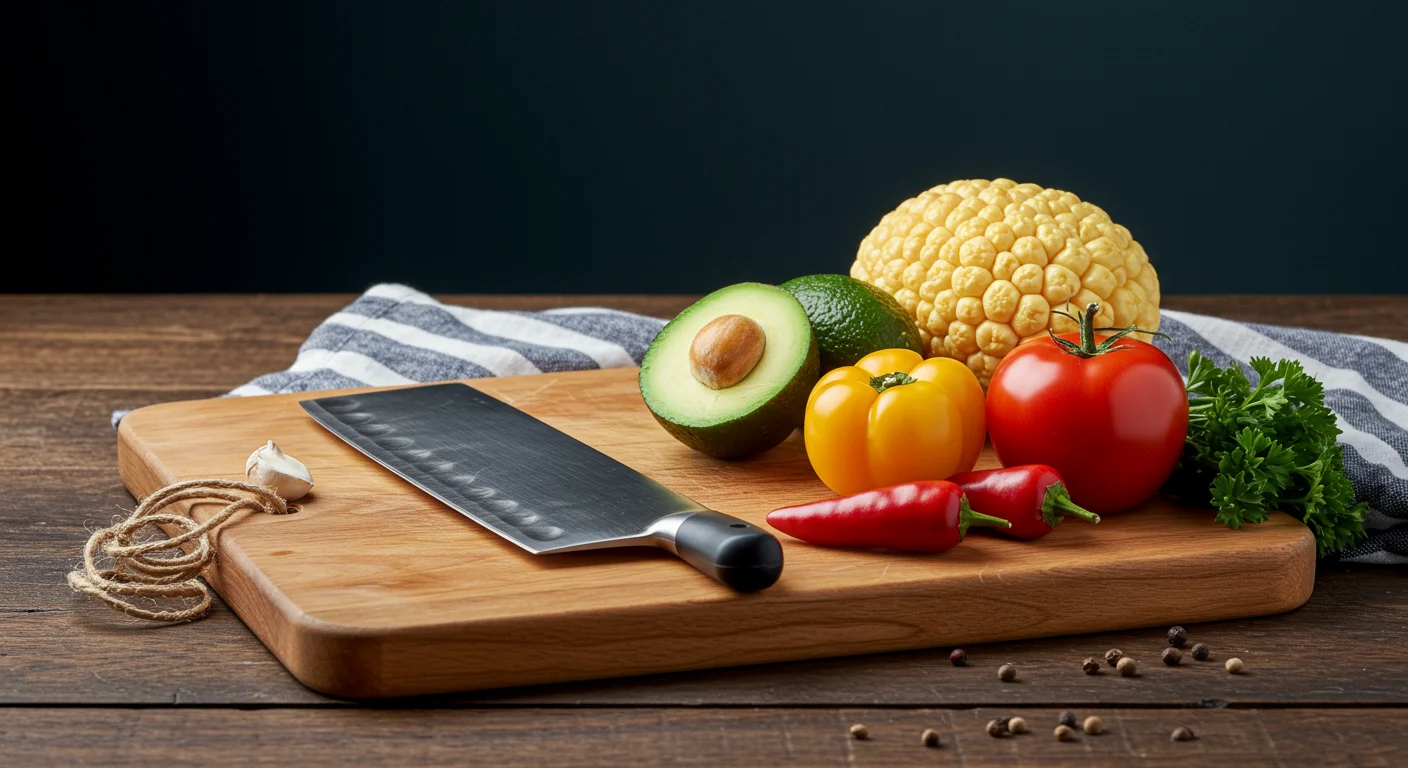
Top Cutting Boards Reviewed: Durability, Eco-Friendly Design & Everyday Use
The humble cutting board is the unsung hero of the kitchen. It’s the foundation for every meal, the trusted partner to your sharpest knives, and a constant presence on your countertop. But not all cutting boards are created equal. Choosing the right one is a critical decision that impacts the longevity of your knives, the safety of your food, and the joy you find in cooking. This guide will walk you through the essential factors, from durability and design to finding a board that aligns with your culinary and ecological values.
Why Finding the Best Wood for Your Cutting Board is Crucial
When it comes to longevity and performance, the material is paramount. While plastic, glass, and composite boards have their place, traditional wood remains the top choice for discerning chefs and home cooks alike. The secret lies in selecting the best wood for a cutting board, which hinges on three key characteristics: hardness, grain structure, and natural properties. Hardness, often measured on the Janka scale, determines how well the board resists scratches and dents. However, a board that is too hard will dull your knives prematurely. The ideal wood has a closed-grain structure, meaning it has smaller pores that are less likely to absorb moisture and harbor bacteria, making it more sanitary and easier to clean. This perfect balance is what separates a good cutting board from a great one.
The Top Wood Contenders: Maple, Walnut, and Cherry
Several woods consistently rank as superior choices. Hard Maple (specifically Sugar Maple) is the industry gold standard due to its dense, closed-grain structure and ideal hardness that is tough on wear but gentle on knife edges. Walnut offers a stunning, deep-chocolate hue and is slightly softer than maple, providing excellent knife-friendliness for those who prize their blades. It’s a premium choice that adds a touch of elegance to any kitchen. Cherry, known for its rich reddish-brown color that darkens beautifully with age, is another fantastic option. It sits comfortably in the middle, offering a good balance of durability and softness. Each of these woods brings a unique combination of performance and aesthetic to the table.
Beyond the Wood: Construction and Eco-Conscious Choices
The type of wood is only part of the story; construction plays a vital role in a board's performance. Edge-grain boards, where strips of wood are laid parallel, are durable and the most common style. End-grain boards, which look like a checkerboard, are made from the ends of wood pieces. They are gentler on knives as the blade sinks between the fibers, and they are considered 'self-healing' to a degree, but they often come with a higher price tag. For the eco-conscious consumer, look for boards made from sustainably sourced wood, often indicated by an FSC (Forest Stewardship Council) certification. Furthermore, ensure the board is finished with a food-safe, non-toxic oil, such as mineral oil or a beeswax blend, to protect both the wood and your health.
Find Your Perfect Match
Understanding the nuances of wood types, grain structure, and overall design empowers you to make an informed choice. The ideal cutting board isn't just a tool; it's a long-term investment in your kitchen. Now that you know what to look for, the next step is to see how the top models perform in real-world tests. Explore our comprehensive reviews to discover which cutting board has the durability, design, and features to earn its place on your counter.












